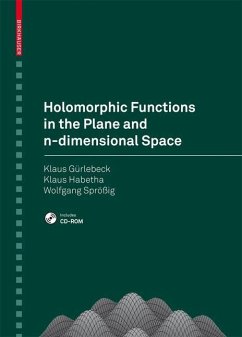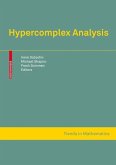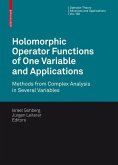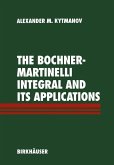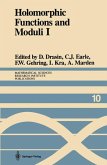Complex analysis nowadays has higher-dimensional analoga: the algebra of complex numbers is replaced then by the non-commutative algebra of real quaternions or by Clifford algebras. During the last 30 years the so-called quaternionic and Clifford or hypercomplex analysis successfully developed to a powerful theory with many applications in analysis, engineering and mathematical physics. This textbook introduces both to classical and higher-dimensional results based on a uniform notion of holomorphy. Historical remarks, lots of examples, figures and exercises accompany each chapter.
Aus den Rezensionen:
"... Die Materie wird von Grund auf entwickelt ... Das Buch ist angenehm zu lesen und mit viel Liebe zu Materie und Detail geschrieben... interessante Einblicke in die geschichtliche Entwicklung ermöglichen ... Deklarierte Zielgruppe sind Studenten der Mathematik oder Physik dementsprechend wenige Kentnisse Werden vorausgesetzt und dementsprechend ausführlich ist die Darstellung gehalten. Insgesamt gesehen ein gelungenes Werk, welches das Potential hat ..." (H Woracek in:IMN Internationale Mathematische Nachrichten, April/2011, Issue 216, S. 57 f.)
"... Die Materie wird von Grund auf entwickelt ... Das Buch ist angenehm zu lesen und mit viel Liebe zu Materie und Detail geschrieben... interessante Einblicke in die geschichtliche Entwicklung ermöglichen ... Deklarierte Zielgruppe sind Studenten der Mathematik oder Physik dementsprechend wenige Kentnisse Werden vorausgesetzt und dementsprechend ausführlich ist die Darstellung gehalten. Insgesamt gesehen ein gelungenes Werk, welches das Potential hat ..." (H Woracek in:IMN Internationale Mathematische Nachrichten, April/2011, Issue 216, S. 57 f.)
The present book is very well and enthusiastically written and in many details marvellously elaborated. This is in particular the case for the typographically exposed historical remarks including photos of some of the main initiators of the number systems etc. involved. [...]
This book is recommended as a text book for basic courses in complex analysis and also for self studies.
Review of the German edition
Heinrich Begehr (Berlin), Zentralblatt MATH
This book is recommended as a text book for basic courses in complex analysis and also for self studies.
Review of the German edition
Heinrich Begehr (Berlin), Zentralblatt MATH

